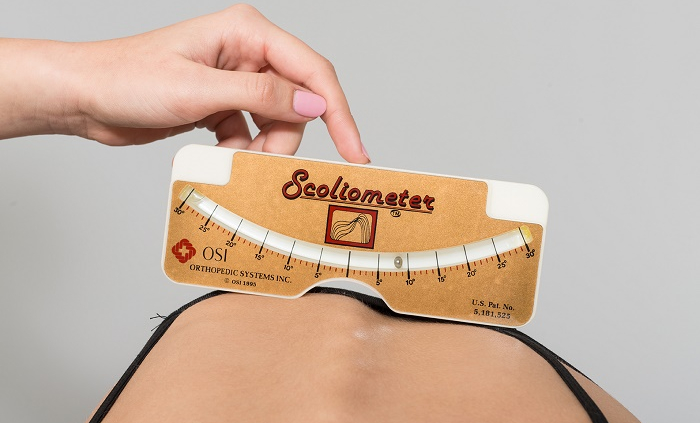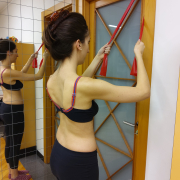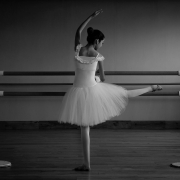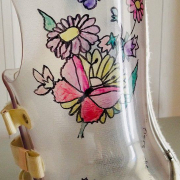Will the prominence disappear once the brace is on?
This question, together with others linked to aesthetic concerns, is often asked by parents and by youngsters about to start wearing a brace. After all, scoliosis is characterised by variable and sometimes marked clinical signs at the level of the trunk. The scoliotic prominence, linked to the spinal rotation component of the disease, becomes evident on bending forwards, but in some individuals it is also visible when standing. Changes in scoliosis have been found to be correlated with changes in the prominence, although this is not to say that a given degree of change will necessarily be proportional to a worsening or improvement of the hump; that said, a modification of the prominence can usually be taken as a sign that the scoliosis has changed.
Clinical monitoring of the prominence at medical checkups is therefore essential during brace treatment to establish whether there has been any reduction.
Bracing is a treatment that has two equally important objectives:
- to stabilise or (when possible) improve the radiographic picture
- to improve the appearance of the back
Essentially, the corrective force applied by the brace to the trunk reduces the rotation of the vertebrae, limits this particular contributing factor, and shapes the ribs and lumbar musculature to minimise the aesthetic impact of the curve. All these aspects will vary according to the type of brace, the experience of the orthopaedic technician who built it, the specific characteristics of the single spine and, last but certainly not least, the patient’s compliance with the treatment.
As we have said, clinical monitoring of the prominence at medical checkups is necessary, but the importance attached to this aspect should not be taken to mean that vertebral rotation always has an aesthetic impact and therefore constitutes an “enemy” to be fought at all costs.
In reality, in most cases, the problem is visible only to the trained eye of expert clinicians (doctors and physiotherapists), and parents and youngsters learn to see only it after the condition has been diagnosed and pointed out to them.
This is borne out by the fact that parents at the first consultation will often admit that, until then, they had never been aware of their child’s scoliosis and the associated aesthetic changes. For this reason, they usually have the impression that “the whole problem sprang up overnight”.











Leave a Reply
Want to join the discussion?Feel free to contribute!